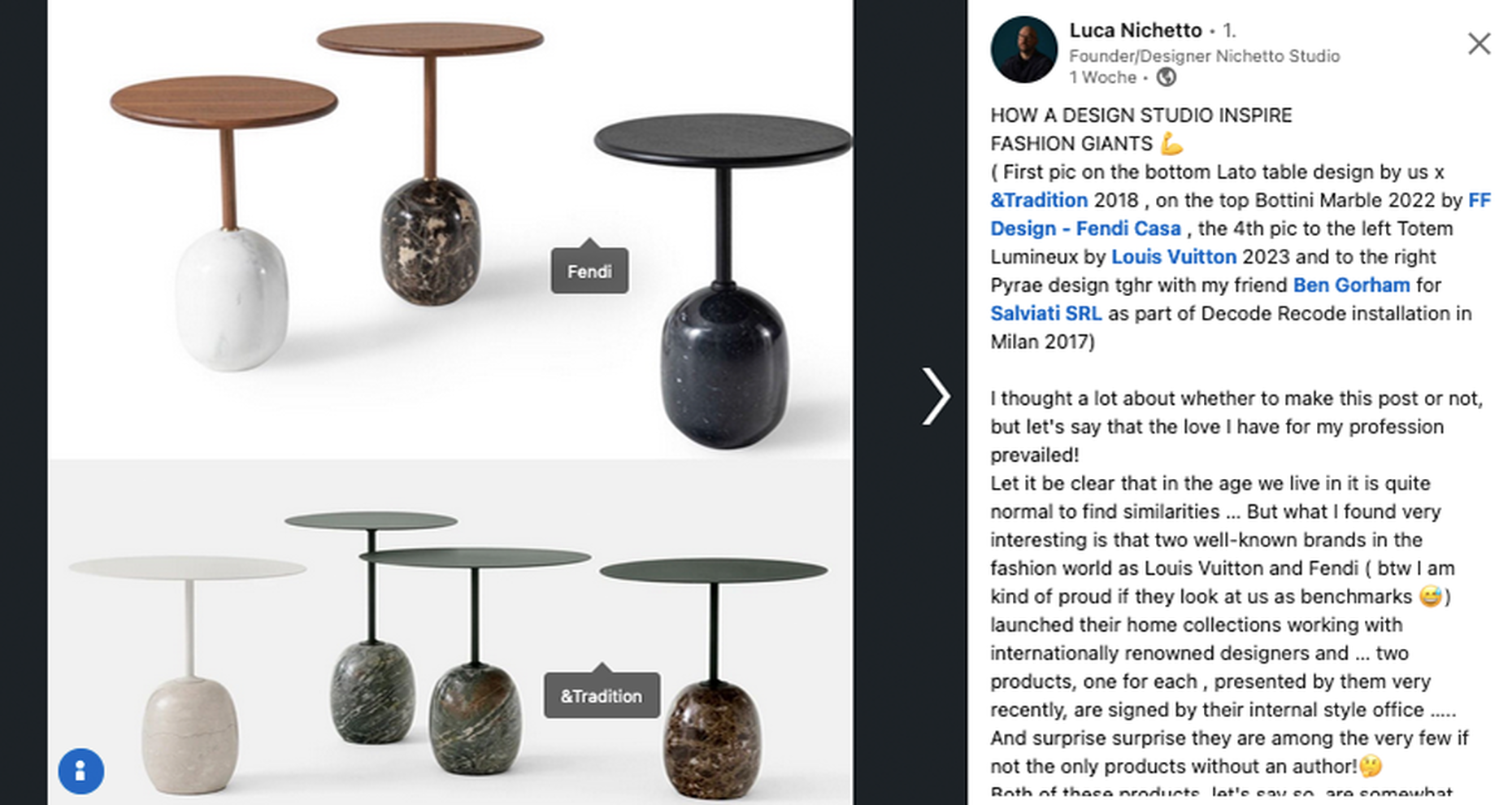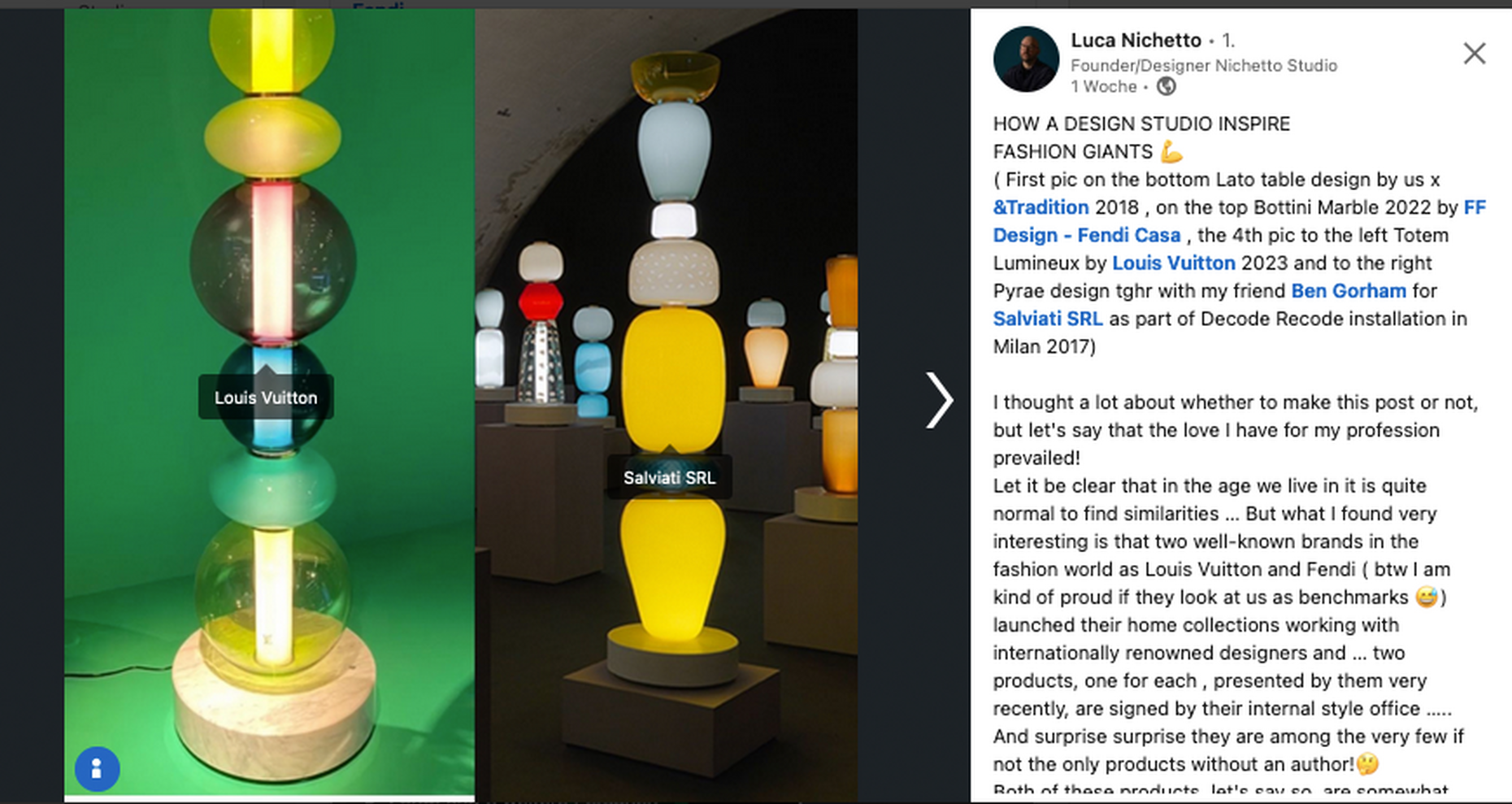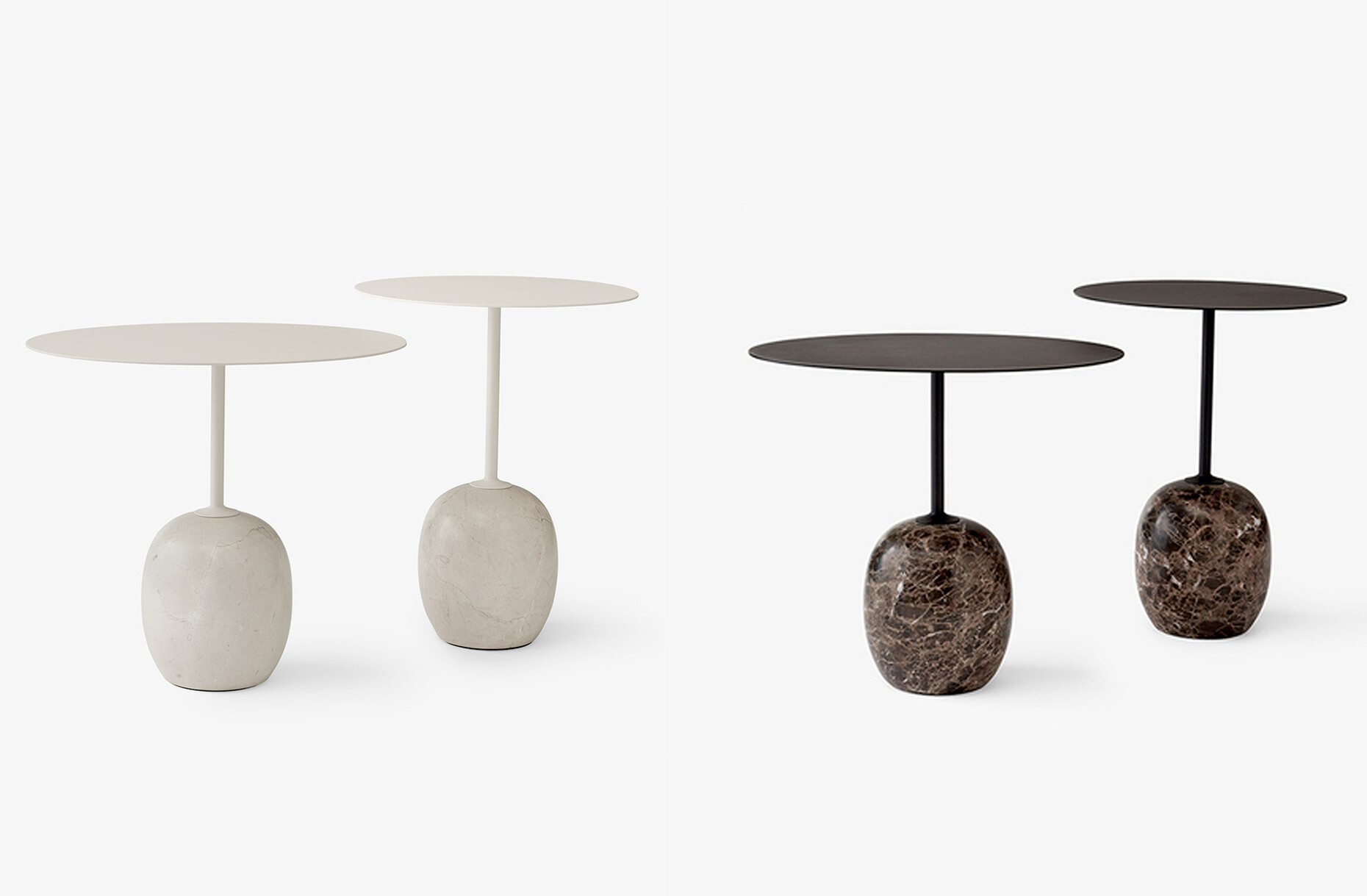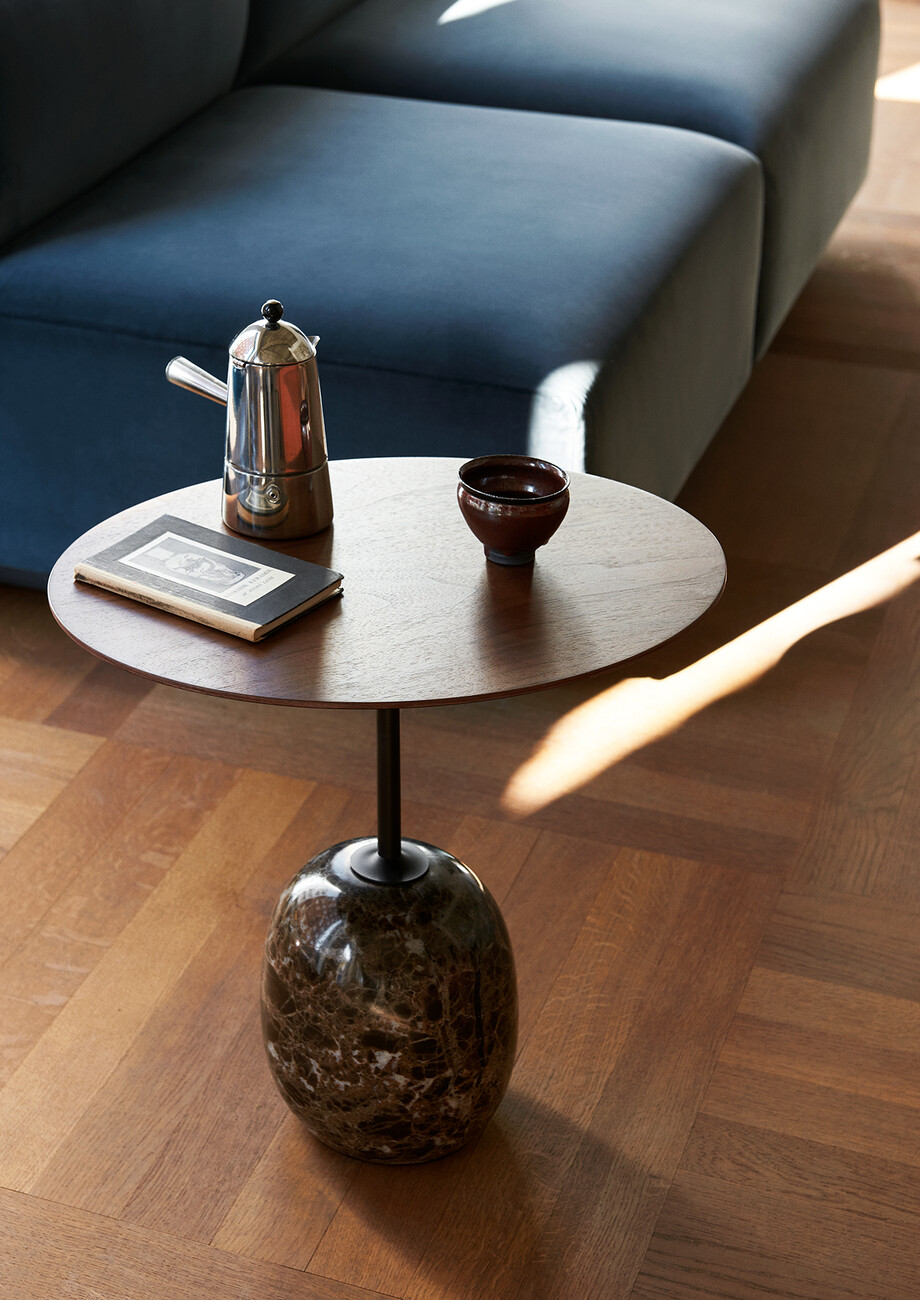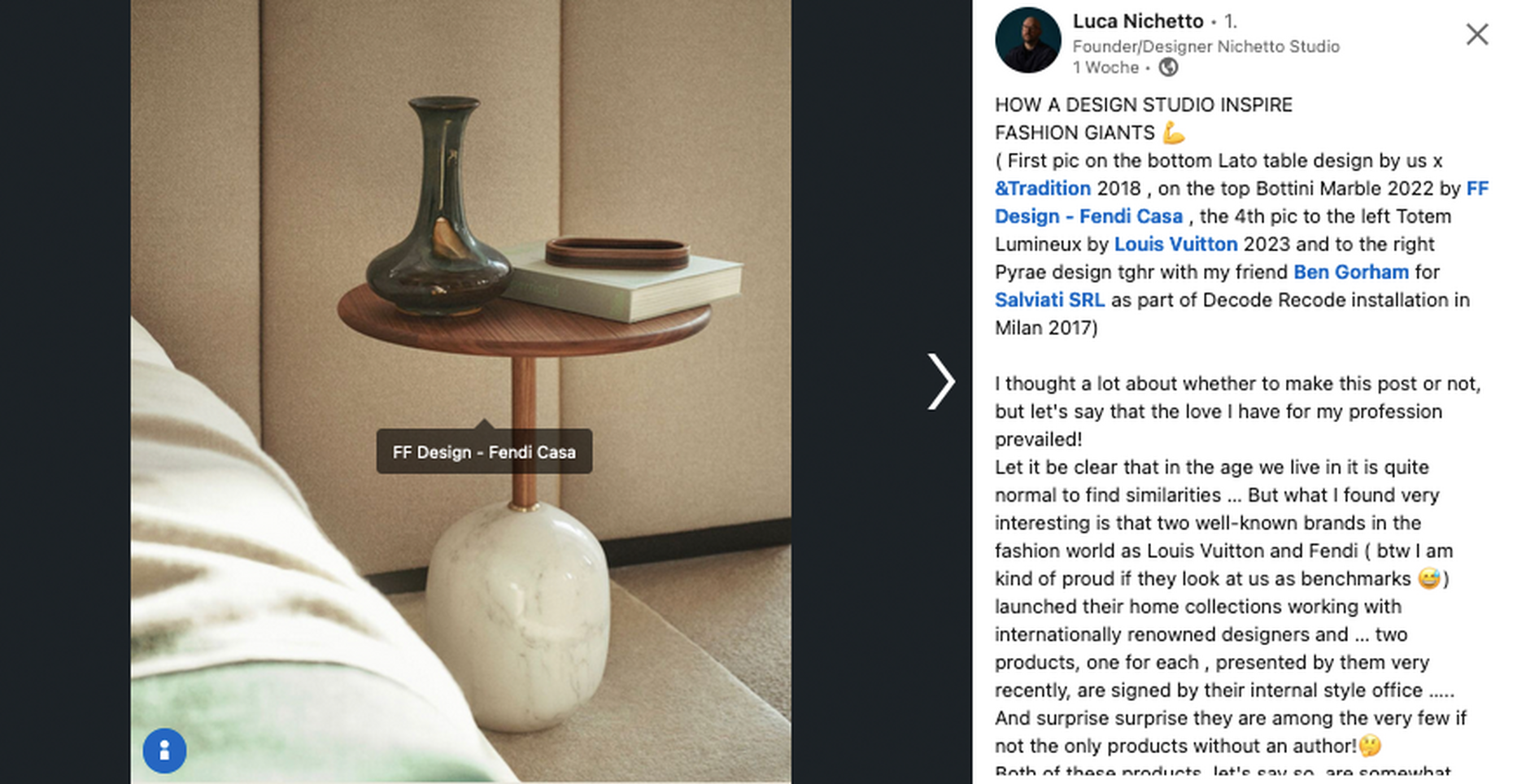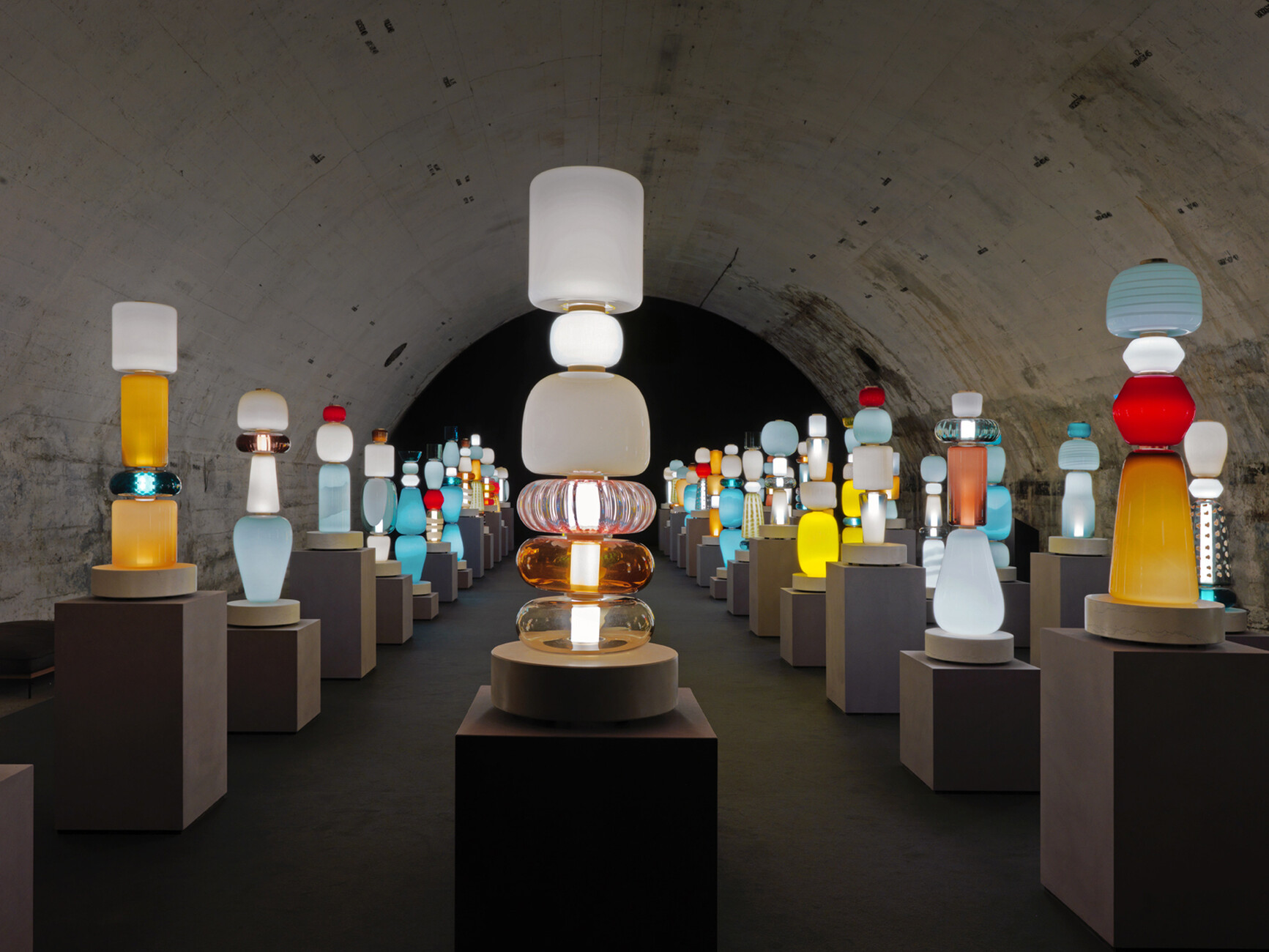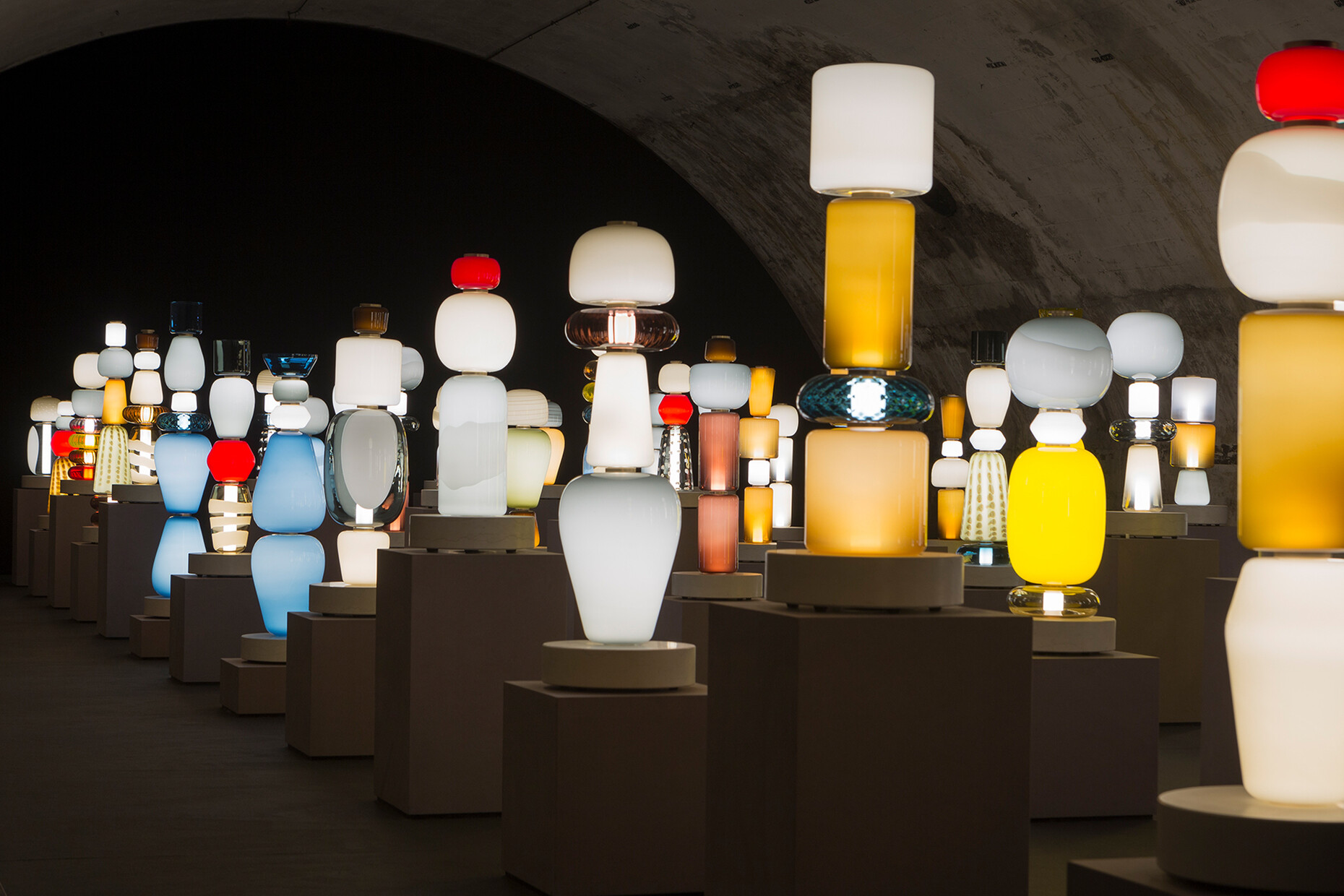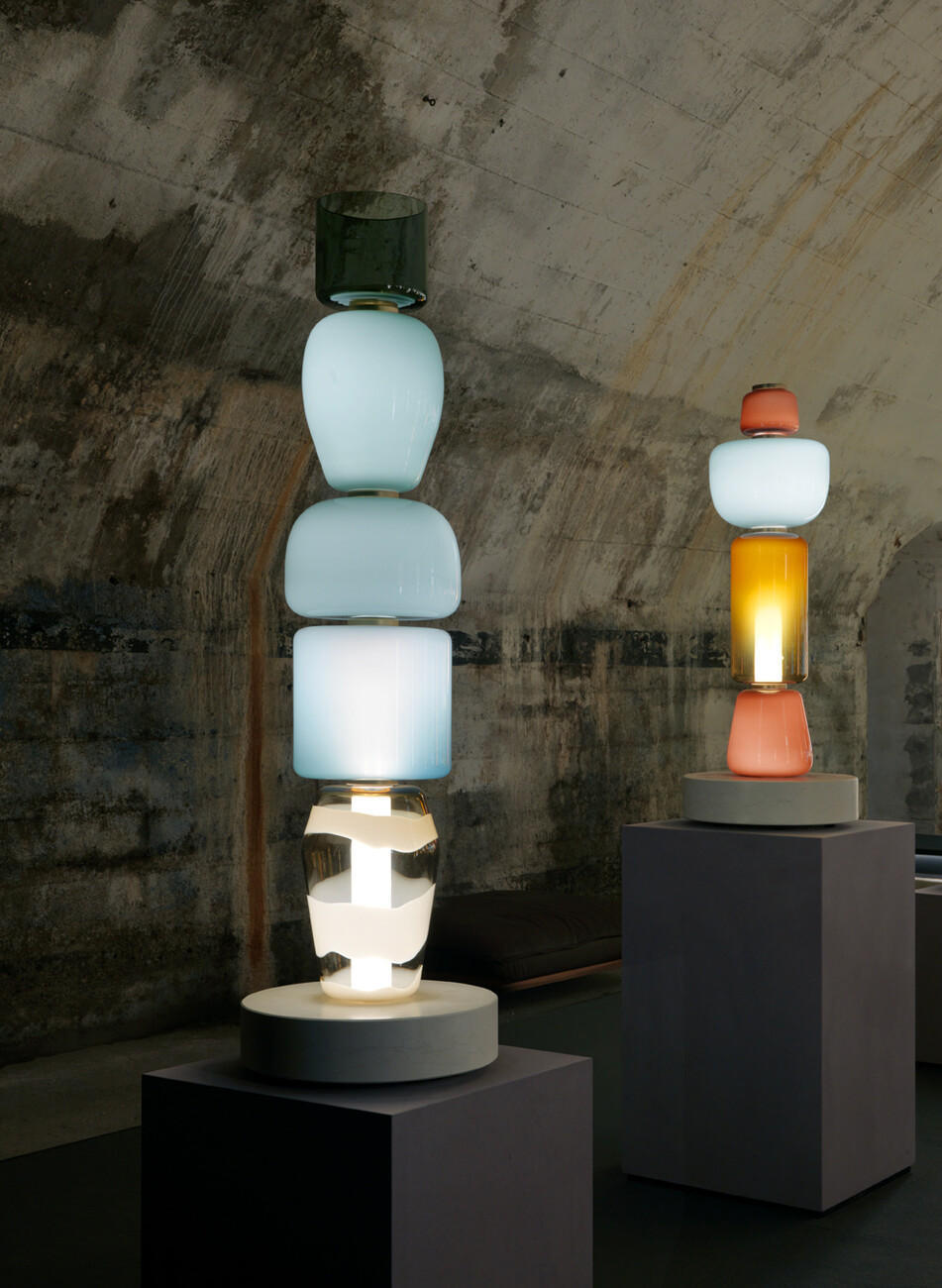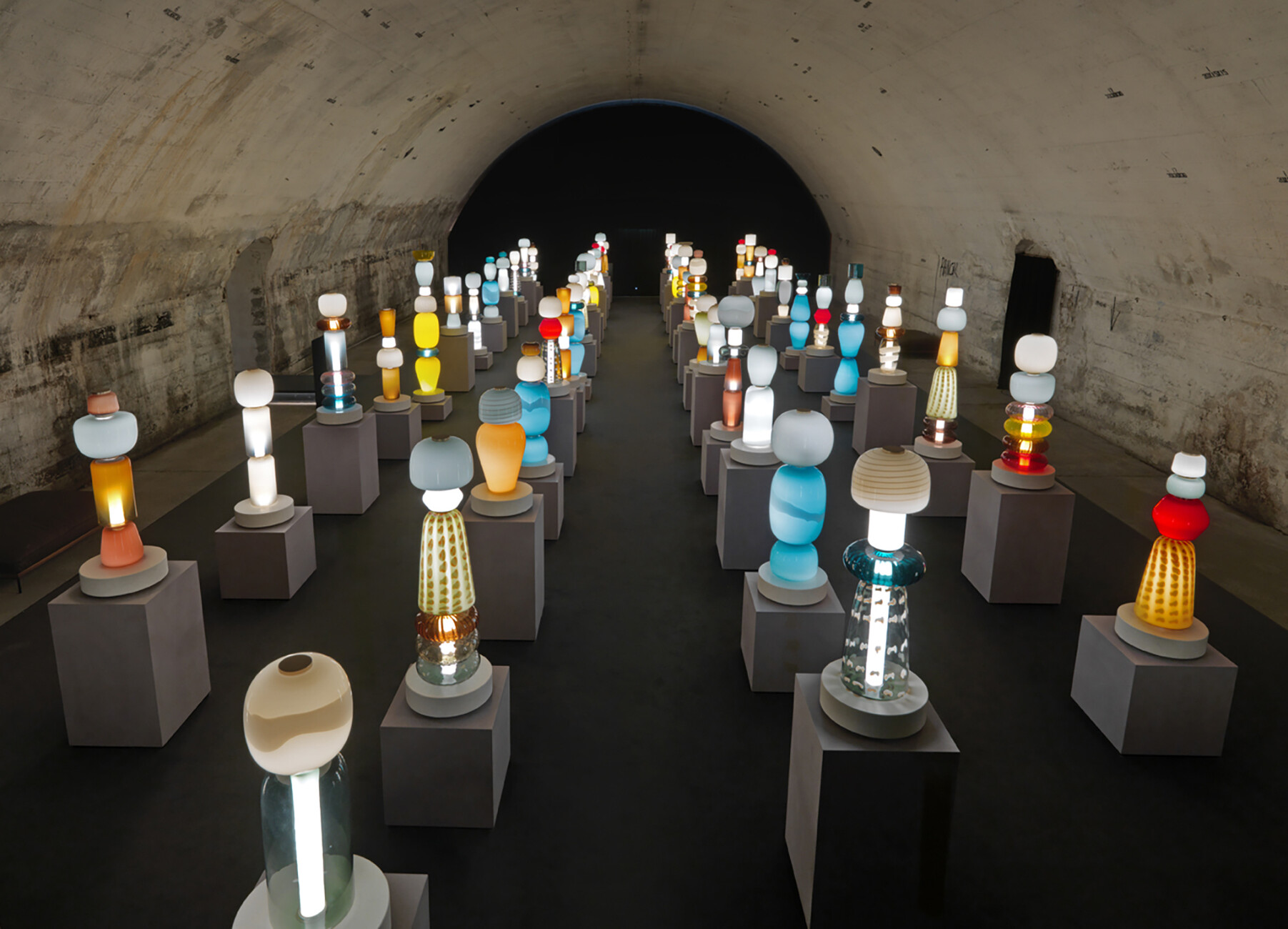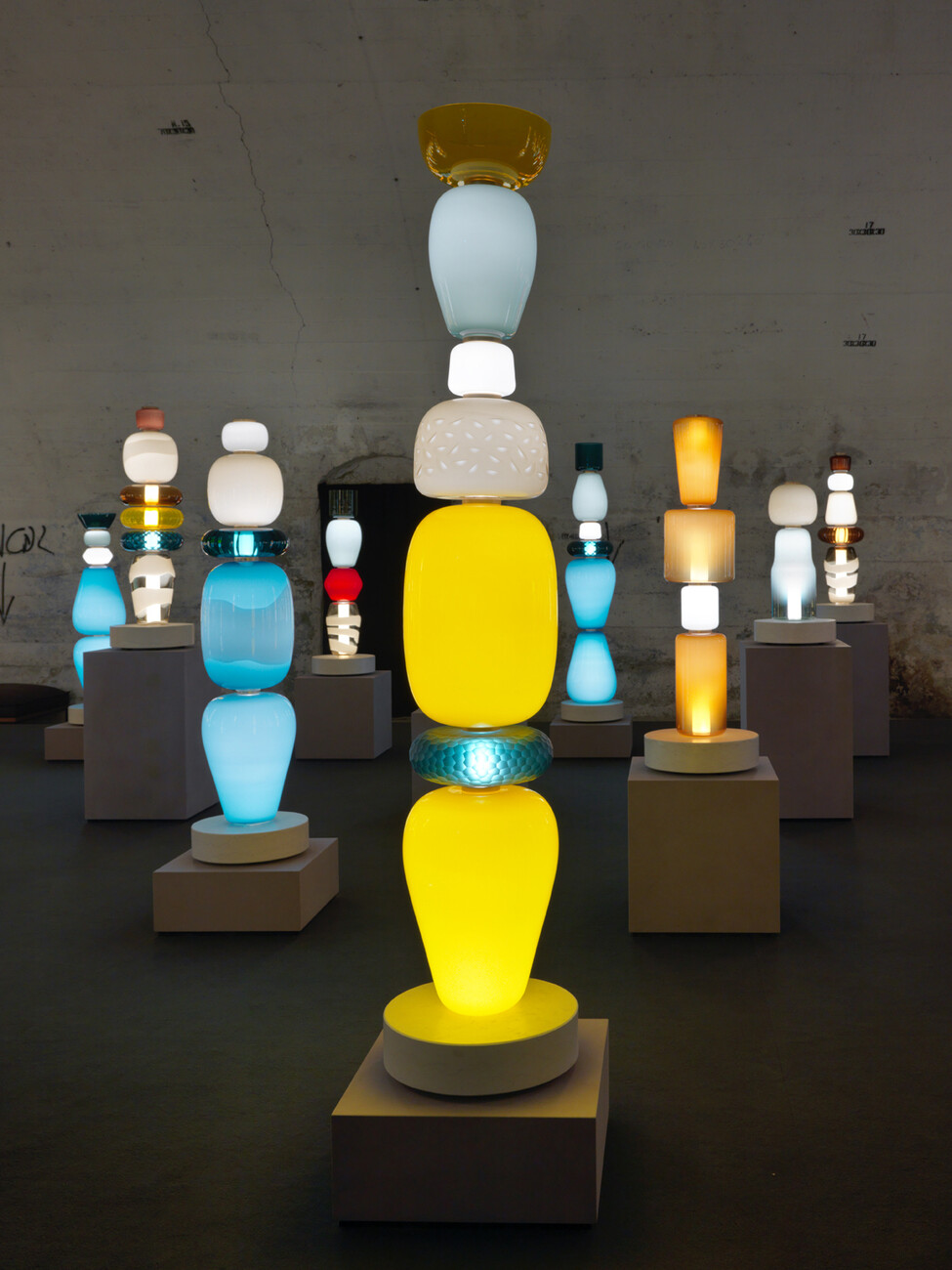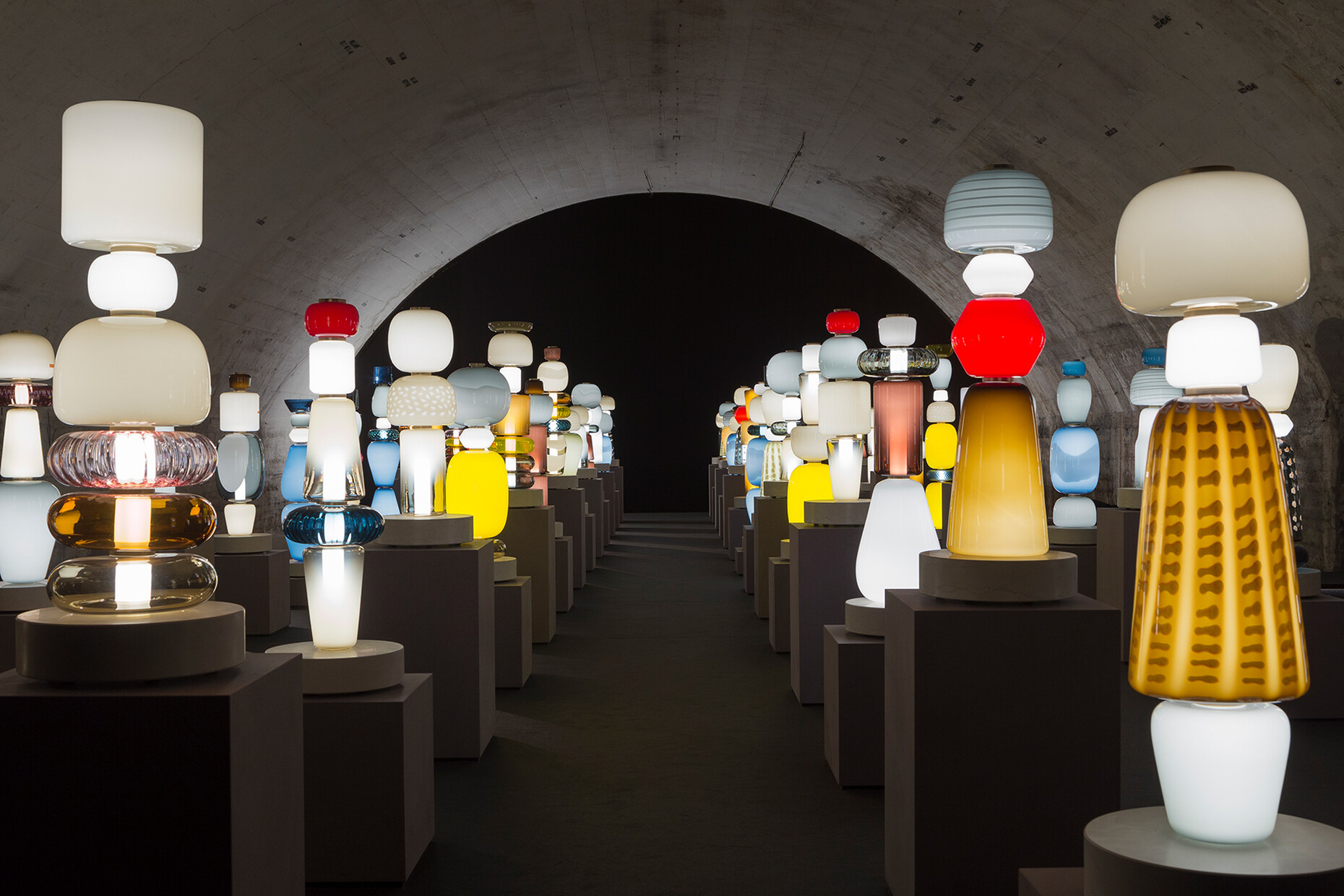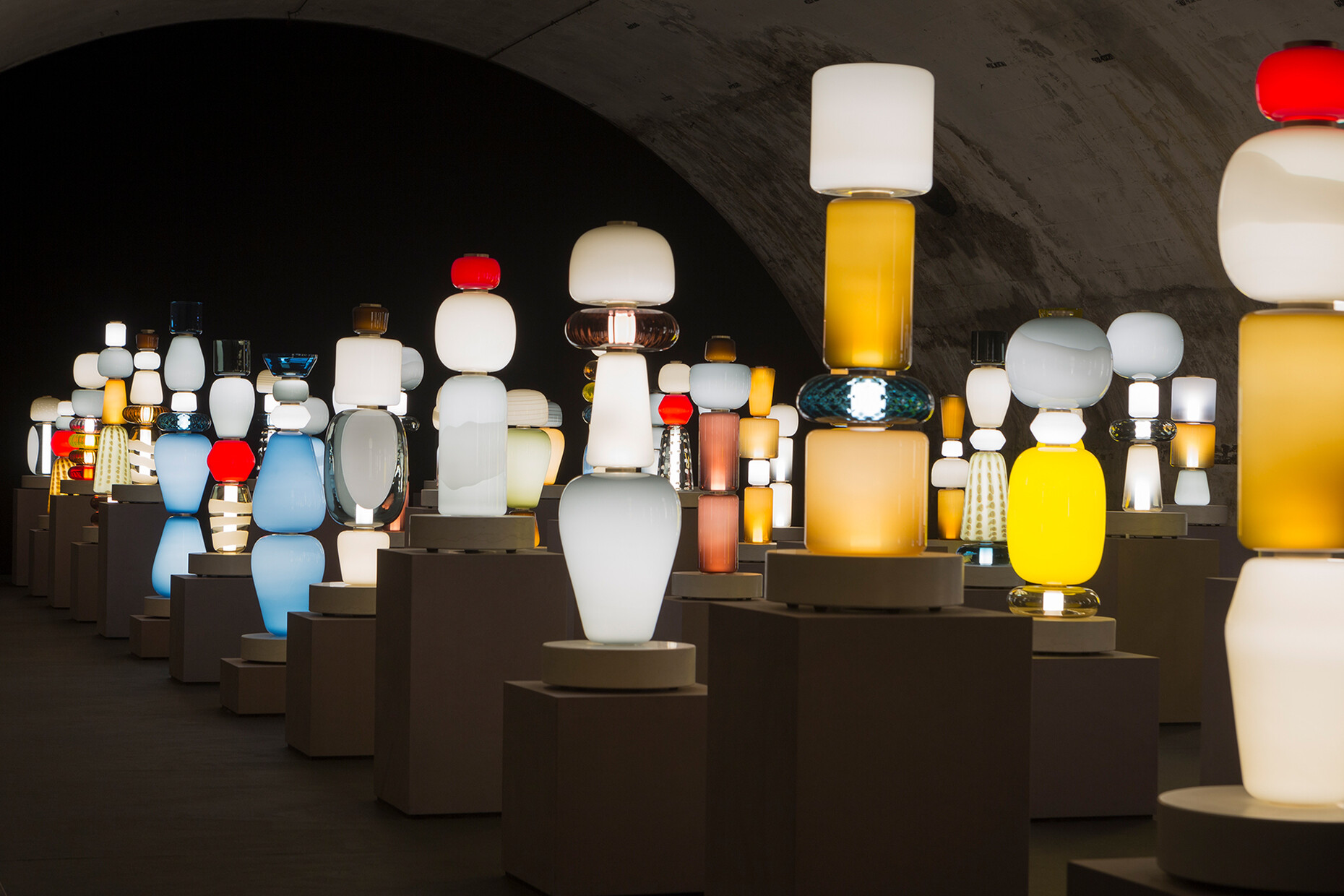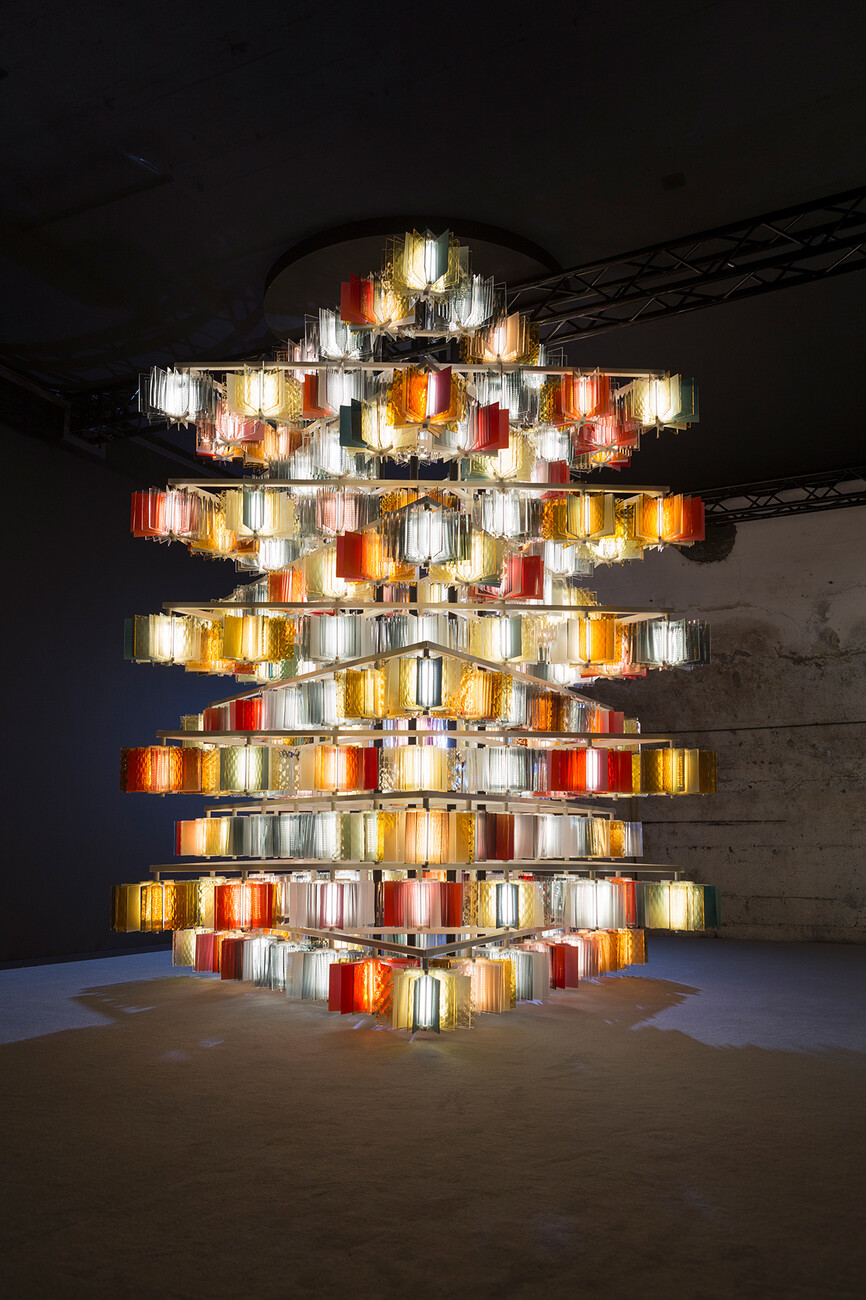ORIGINAL vs. PLAGIARISM
Communicate instead of copying
Anna Moldenhauer: Luca, you shared a post on the business platform LinkedIn contrasting two recent products by Louis Vuitton ("Totem Lumineux", 2023) and Fendi ("Bottini Marble side table", 2022) with earlier designs ("Pyrae", 2017 and "Lato table", 2018) of yours, the similarity is unmistakable. In the comments below the post, your contribution was called "brave". Why does it take courage to point out the obvious similarity of these products?
Luca Nichetto: Well, many of my colleagues don't want to talk about plagiarism because they might never get the chance to work for the company in question or be considered "difficult" in general. I don't understand this concern – probably also because I am in a privileged phase of my career that allows me to name plagiarism clearly. For me, this perceived "filter" is also great, because I like to work with clients who have nothing to hide and whom I can trust. I want to be able to keep my intellectual freedom in the design. A comment like: "Thank you, Luca, for sharing this with us. You are very brave" is a symptom of the problem. Silence out of concern for perceived personal disadvantage protects those who have the bigger budget, and that's not right. The same goes for the media. Although the similarity of the products is obvious, there was no media that pointed this out publicly. My guess is that many are dependent on the advertising of these companies and therefore remain silent. The system is sick. Instead with lawyers' offices, we should be able to talk to each other in a constructive way to do better next time. Conversely, if I ever thought of selling the products of major fashion brands in a slightly modified way, they would certainly not remain silent. I'm not angry, neither at Louis Vuitton nor at Fendi. I'm just wondering why two companies with incredibly great creative teams would go down this path and try to be credible in the industry?
Is there a lack of respect?
Luca Nichetto: It is, too. I love my profession and yet I find that there is a lot of disrespect for what we do. There are a lot of misunderstandings about who we are and what we can do. Currently, there is also a mixing of language – stylists, decorators and influencers are called designers all of a sudden. We should be more precise with our professional titles. In addition, there are many young designers who are fighting for their place in the industry and yet companies like these decide against a short talent scouting and instead ask their own style agency to slightly modify an existing design. I find that disrespectful. The curious thing is also the price: the two copies mentioned are significantly more expensive than my originals. As a customer, I would feel deceived in several ways: Firstly, the product is a copy, and secondly, it is more expensive than the original. The "Pyrae" luminaire that we designed for Salviati SRL in 2017 is furthermore a unique piece, as it was designed as part of the Decode/Recode installation.
I do agree with you, and even if we are now almost a little used to the fact that there is a plagiarism of almost every design, the luxury brands in particular should know better. They have the means to work with a young talent to create something unique that will help shape the design path ahead. Instead, they transform the work of a well-known designer. What do you think are the reasons for this?
Luca Nichetto: In these cases, I think there is a lack of vision as well as the will to invest energy in a different path. The size of the company may also give an internal feeling of being untouchable. Another point is the sustainability of these products, all disciplines talk about sustainable processes, but what is the point of creating a brand extension with copies of existing designs that has no deeper meaning, but only follows a trend?
Do you think it is a coincidence that these are two fashion companies?
Luca Nichetto: Product design is not the main business for Fendi Casa and Louis Vuitton, it is more a form of additional advertising. That's why these companies usually work with big names in the design scene, in order to get the appropriate attention in any case. They create products that fit the lifestyle they want to promote with their fashion. The furniture, luminaires and accessories are then more of a collector's item and interesting for those who see the respective brand as significant. On the other hand, there are brands like Hermès that really create something unique with their furniture and objects. What I also find interesting is that there are many fashion brands that are jumping into our field - but no interior design brand that is designing fashion all of a sudden.
Is it even possible to create a completely new design in our time?
Luca Nichetto: All designers, including myself of course, design on the basis of what has been designed before. A chair usually needs four legs for stability, and the structure of my "Lato" table, which I designed for &tradition in 2018, will also have existed before in a modified form. It's about respecting the archetype and finding a further development of the existing practice, in the material, in the colouring, in the form. As a designer, you always want to take a step forward. If that doesn't happen, there is no development. The US fashion and furniture designer Virgil Abloh once drew a comparison to a DJ who mixes many different tracks into a new one. So I am not surprised that Louis Vuitton, of which he was a star designer for a long time, acts like this. With all due respect to him, I don't think we should mix the processes in the disciplines. If we no longer use our creativity and instead only reinterpret the existing, there is no longer any need for designers. An artificial intelligence can then also take over this task. I love my profession and would find it a great shame if there were no longer a tradition that continues to develop. To ensure this, we need to promote young talent.
You say you're not angry. Why not?
Luca Nichetto: Being copied is also flattering in a way. It means that one's work is good. My post is more of a signal that we designers still exist. You can communicate and cooperate with us. Then the results will be more exciting than a simple copy.
Also with regard to young designers who have few possibilities to protect their work – does it make sense to consult a legal advisor in such cases?
Luca Nichetto: The designers generally license their copyrights to the brand that manufactures the products. So in the case of plagiarism, the real damage is basically not to me, but to the company that sells the products I designed. When products are copied without a new approach, you can usually see very quickly whether it is an individual case or a pattern that is repeated. Instead of then communicating through law firms, I would generally like us to be more open with each other. We shouldn't wait for the situation to change on its own or for one person to step forward so that people can also discuss their own experiences with plagiarism. Furthermore, I think it is important not to stand up to harm others or to serve one's own ego, but to question and change the process itself. This also applies to the way designers treat each other. The only way to combat mistrust is through communication.


